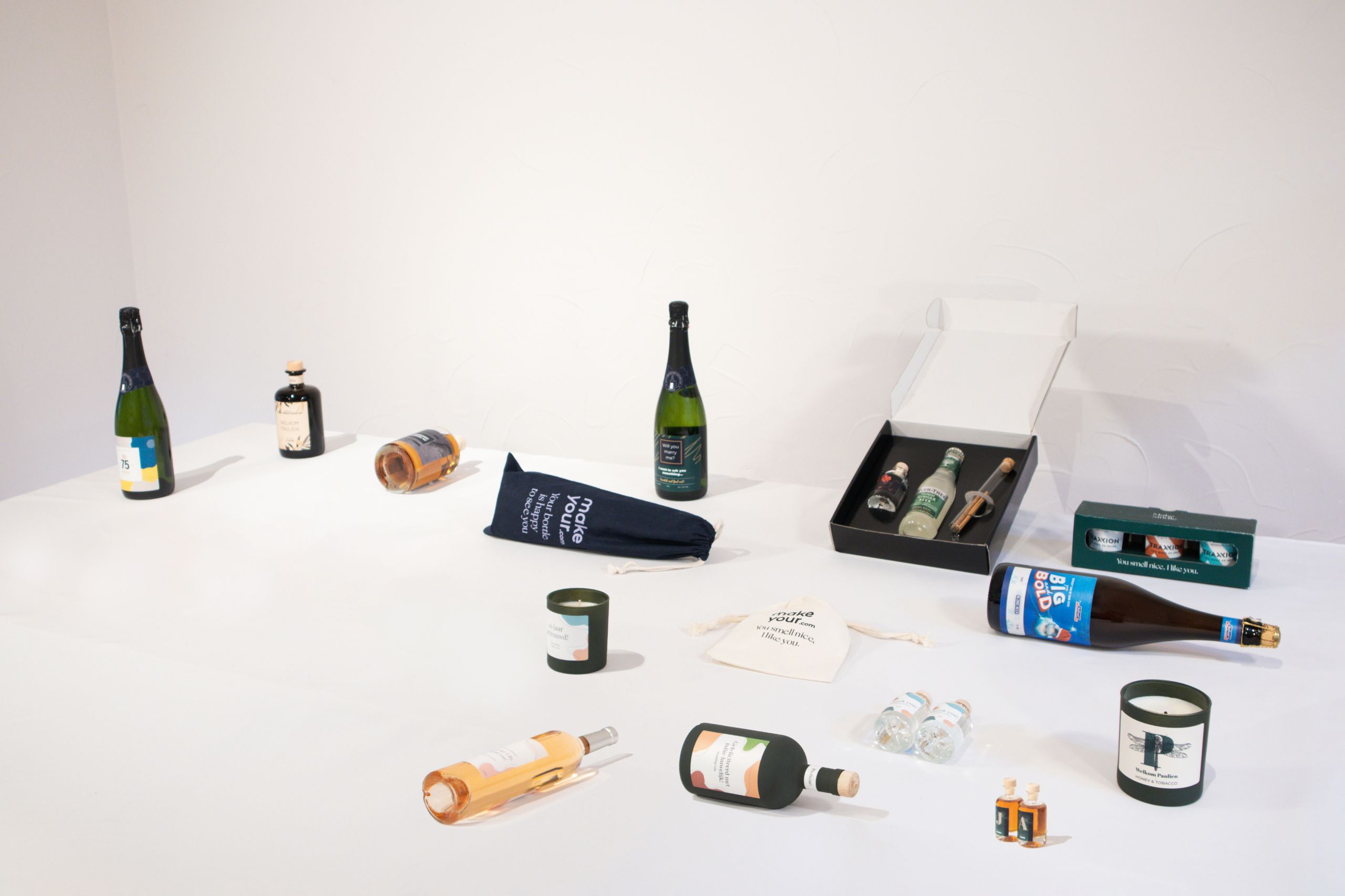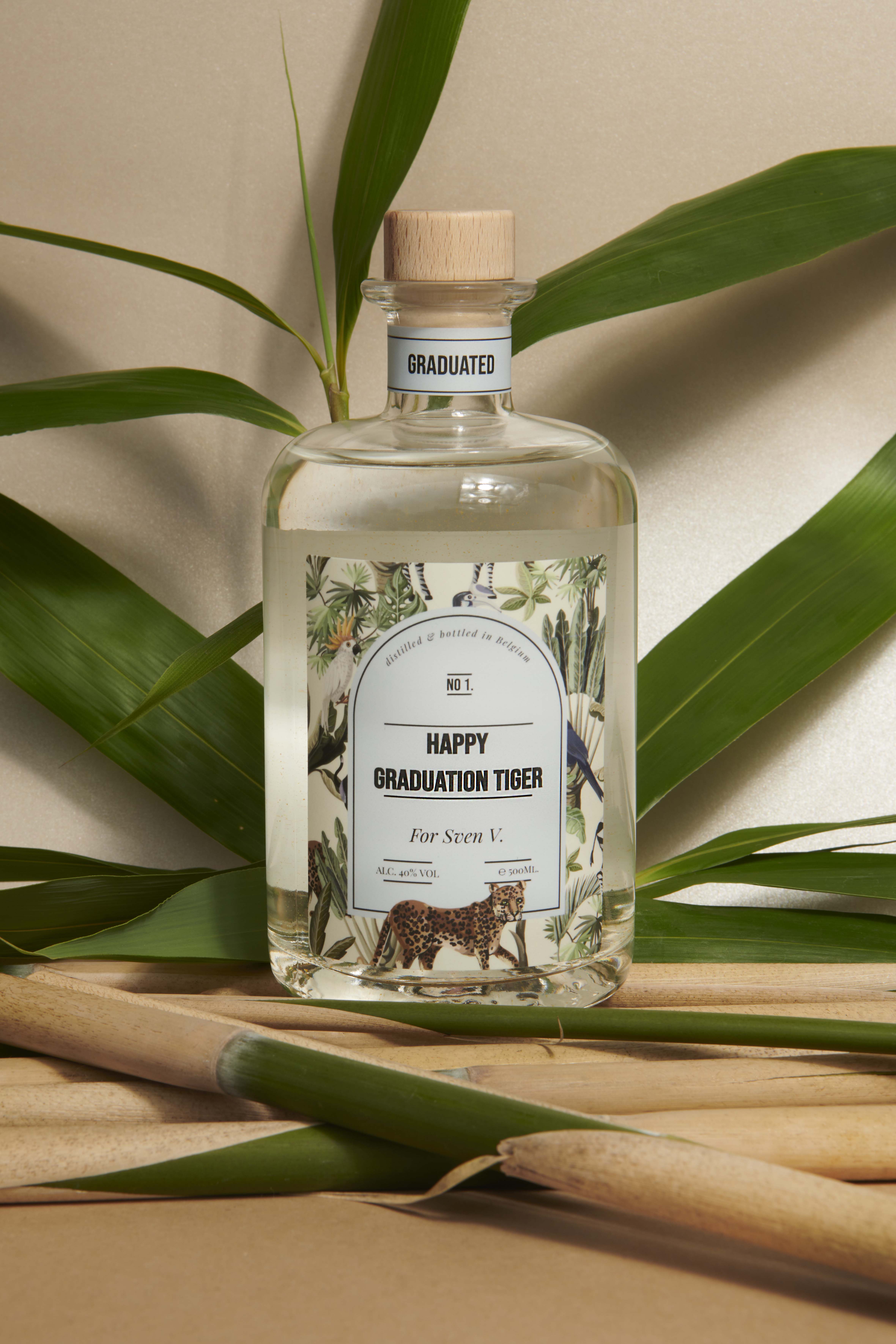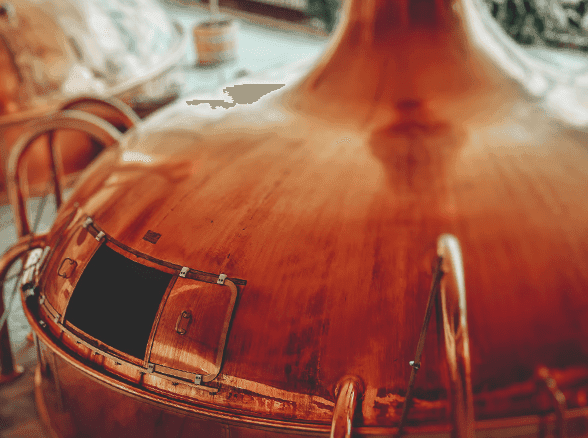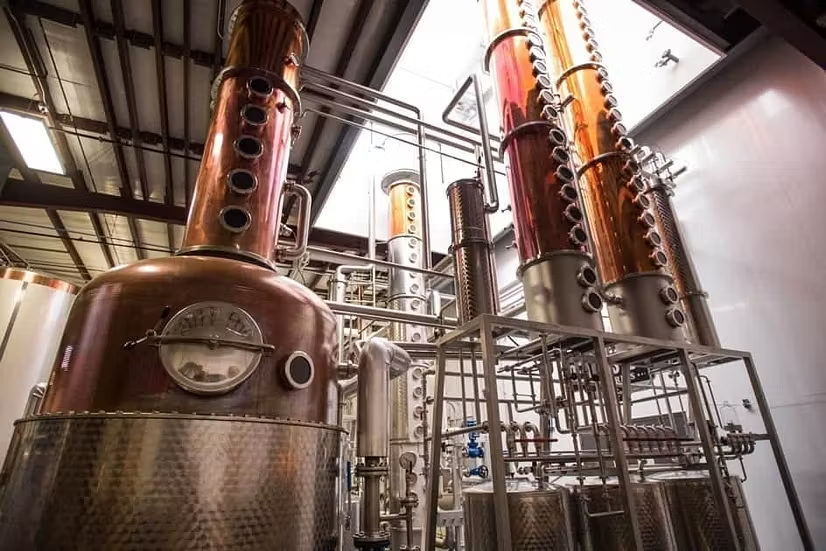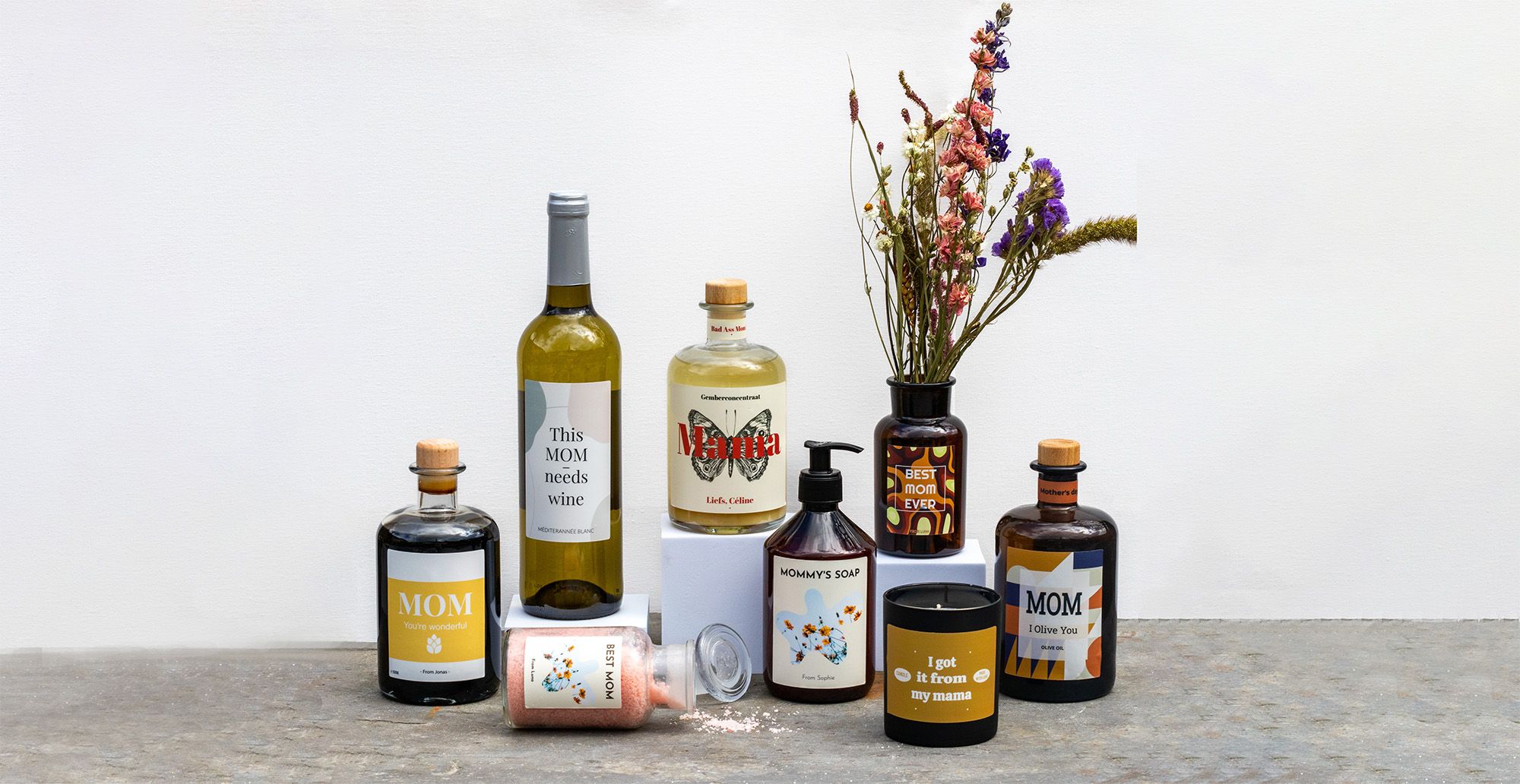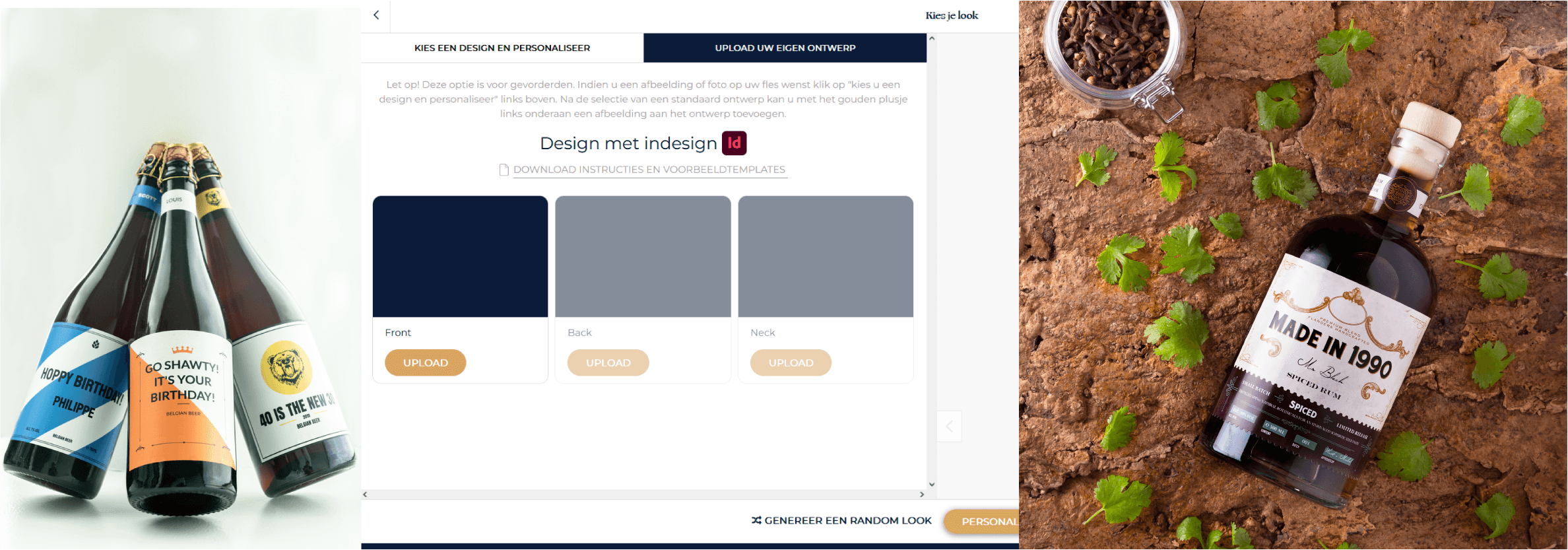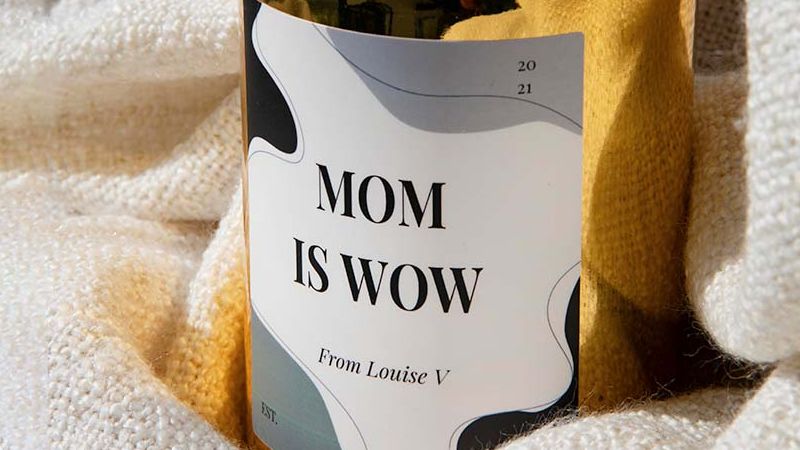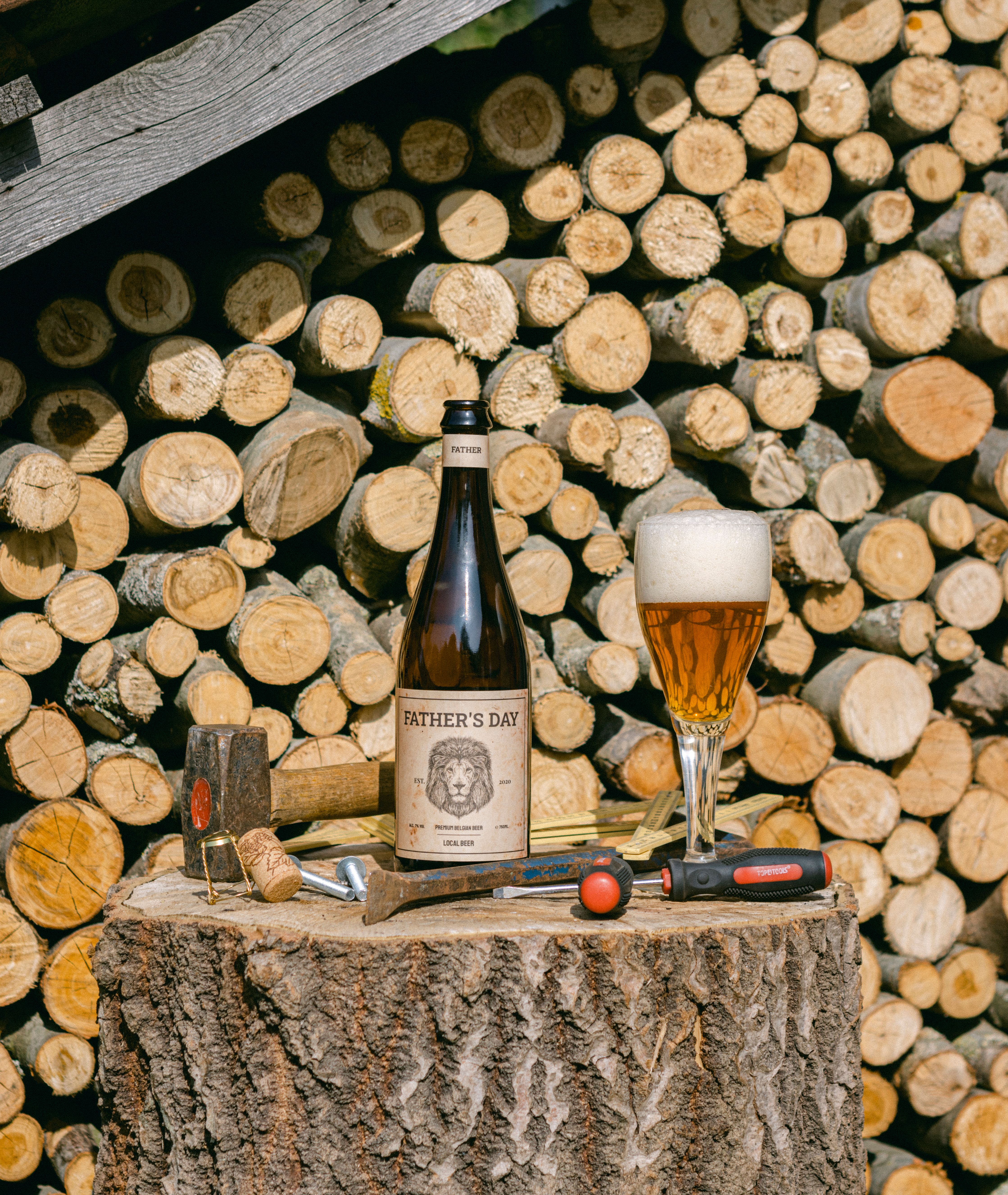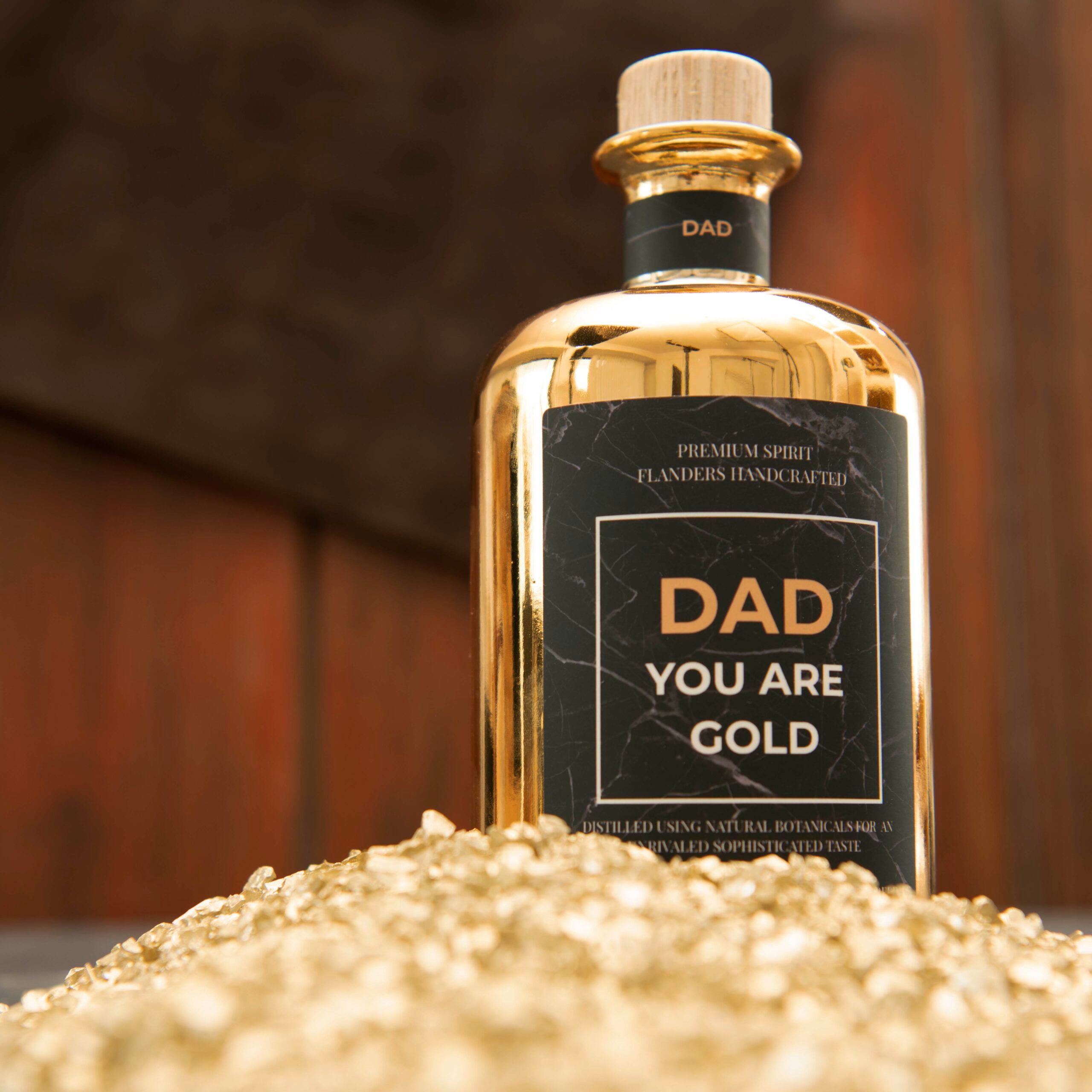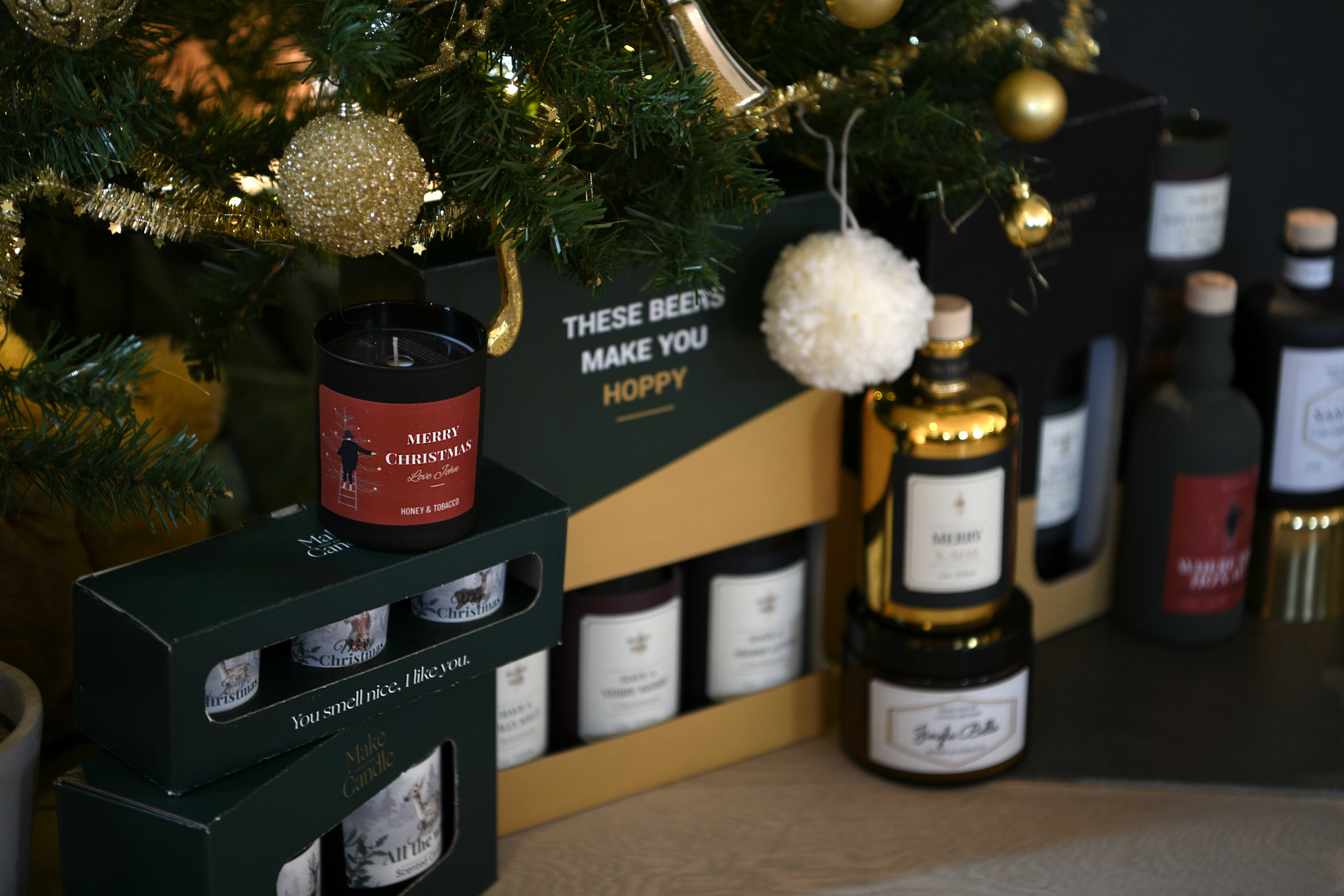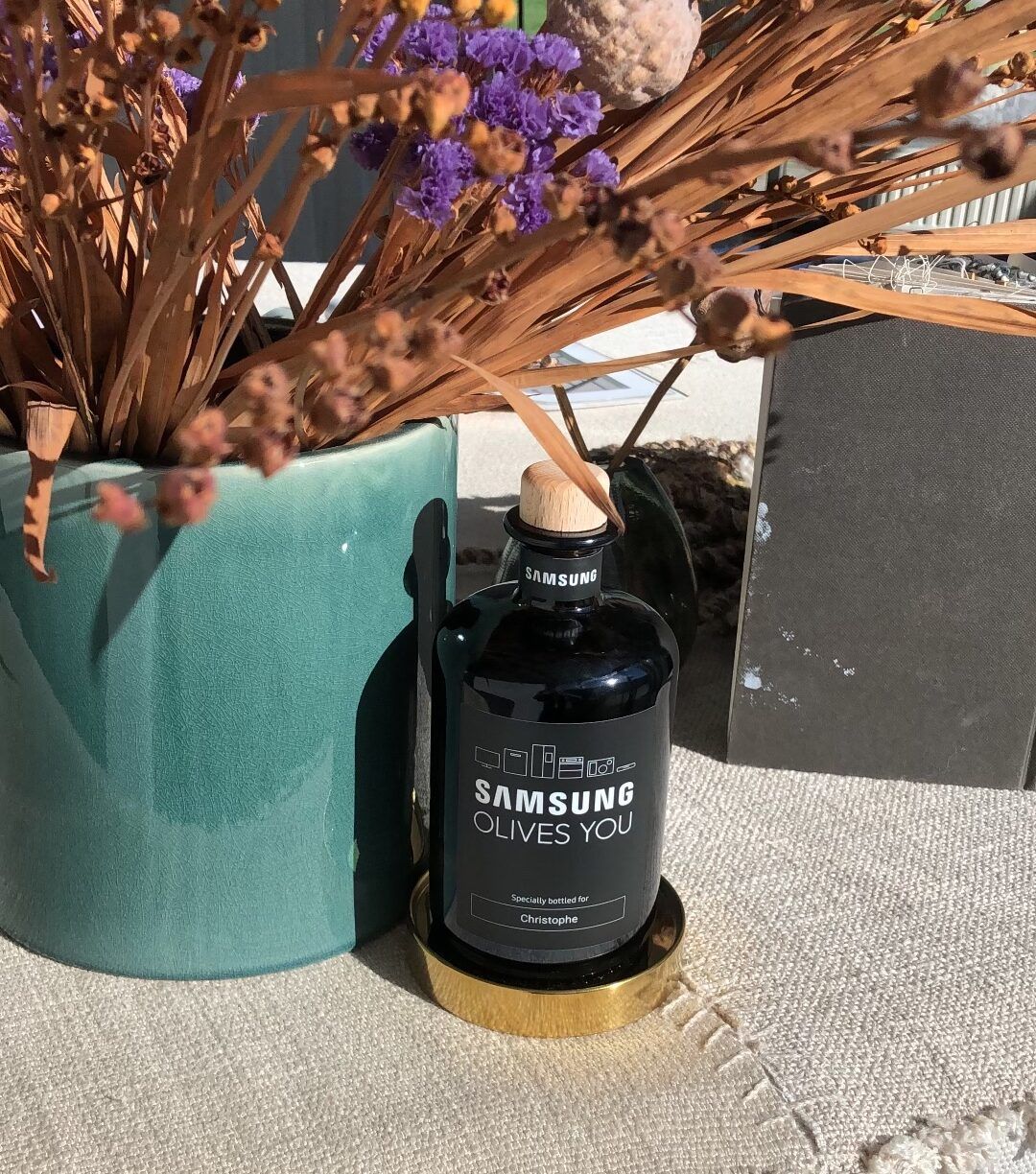
6 Things you didn't know about Gin
Gin is a fascinating drink known for its diverse flavour profiles. Unlike other drinks, gin's origins cannot be traced to ingredients, production processes or locations, but are all about flavour. Gin is a drink that should be dominated by the characteristic juniper berry taste. It's debatable whether new gins still taste like they should traditionally. Why can gins taste so different? What is the secret behind the variation in flavour? In this blog, you will discover interesting facts about gin and learn how you can create your own personalised bottle of gin at makeyour.com. Be surprised by the variety and unique flavours of gin and discover the possibilities of creating your own gin adventure.


1. The name doesn't tell everything
When you look at most types of drinks, you can usually figure out the origin easily by the name. Bourbon refers to the region in Kentucky, Scotch to Scotland, and tequila to Mexico. However, this is not the case with gin. Gin is defined by its flavour and is mainly characterised by the presence of juniper. But is it still the case that new gins contain the flavour of juniper? That is a matter of debate among gin lovers. The interesting thing about gin is that it can have a wide range of flavours, depending on the botanicals used. This explains why gins can taste so different and why it is an intriguing and versatile drink.
2. Why gins can taste so different
Unlike vodka, which is made from nothing more than unflavoured alcohol and water, there is a huge difference in flavour with gin. This is because each distiller has their unique recipe for gin, where they have the freedom to choose which botanicals they add to their recipe. Besides the obligatory juniper berries, gin producers can add citrus, nuts, herbs and other flavourings to create their own unique gin recipe. This wide range of added botanicals creates the diversity of flavours encountered in gins. Each gin can have its own character and flavour profile, making it a drink that can be surprising and constantly explored.
3. How does gin get its flavour?
There are two ways to add flavour to gin. The first method is to add flavour to an already distilled gin. This is usually done after the distillation process is complete, adding the desired botanicals to achieve the desired flavour. The second method involves infusing the botanicals into the alcohol and then distilling again. Depending on the method chosen, a specific type of gin is created with a unique flavour pattern. For example, in a "London Dry gin" - which incidentally has nothing to do with the city of London - it is not allowed to add anything other than water after the distillation process. This means the distiller is challenged to achieve the right flavour immediately during distillation, rather than adding flavours to the gin afterwards.
4. Only a few producers make their own alcohol
Gin usually starts with neutral alcohol: something gin producers purchase in bulk. The flavour and character of the gin depends on what they do with this neutral alcohol. When making gin, the process usually starts with the purchase of neutral alcohol in bulk. It is how gin producers handle this neutral alcohol that ultimately determines the flavour and character of the gin. Although some producers choose to make their own alcohol, this is not common in the gin industry. The focus is mainly on creating unique flavour profiles through the distillation process and added botanicals. It is precisely this combination of factors that gives each gin its own identity and character.
5. Juniper is still wild-picked
Juniper is one of the main ingredients in gin and is widely used in the gin industry. What is surprising is that juniper is still picked by hand, mainly by independent pickers in Europe. Juniper picking is a labour-intensive process that requires skill and care to ensure the best quality juniper. Manual picking ensures that only the ripe and mature berries are selected, thus optimally preserving the juniper's flavour and aromas. This traditional approach contributes to the authenticity and quality of gin.
6. Gin (tonic) was used to fight malaria
A fascinating fact from the history of gin is that gin, especially when combined with tonic water, was originally used as a remedy to fight malaria. During the colonisation of India, England's military fleet discovered quinine, a substance effective against malaria. Tonic water, which contained quinine, was used as a preventive and curative against the disease. However, tonic water had a very bitter taste. To mask this bitterness and make drinking tonic water more appealing, the English added gin to the mixture. This combination of gin and tonic resulted in a more interesting and tasty drink, and thus the popular gin-tonic cocktail was born.
Got Thirsty?
Did you already know you can make your own personalised bottle of gin with makeyour.com?
May be of interest to you
Why choose makeyour.com?
With more than 100,000 satisfied customers, we are known for unique gifts for unique gift moments
At makeyour.com you can personalise your gifts
